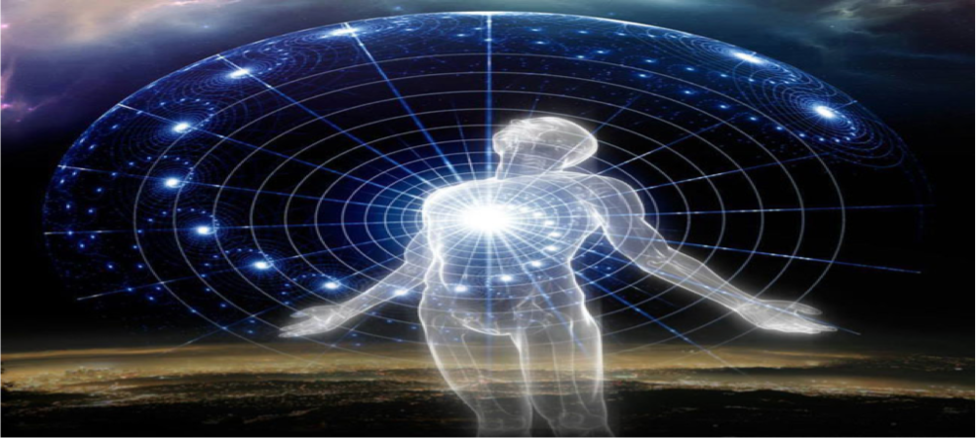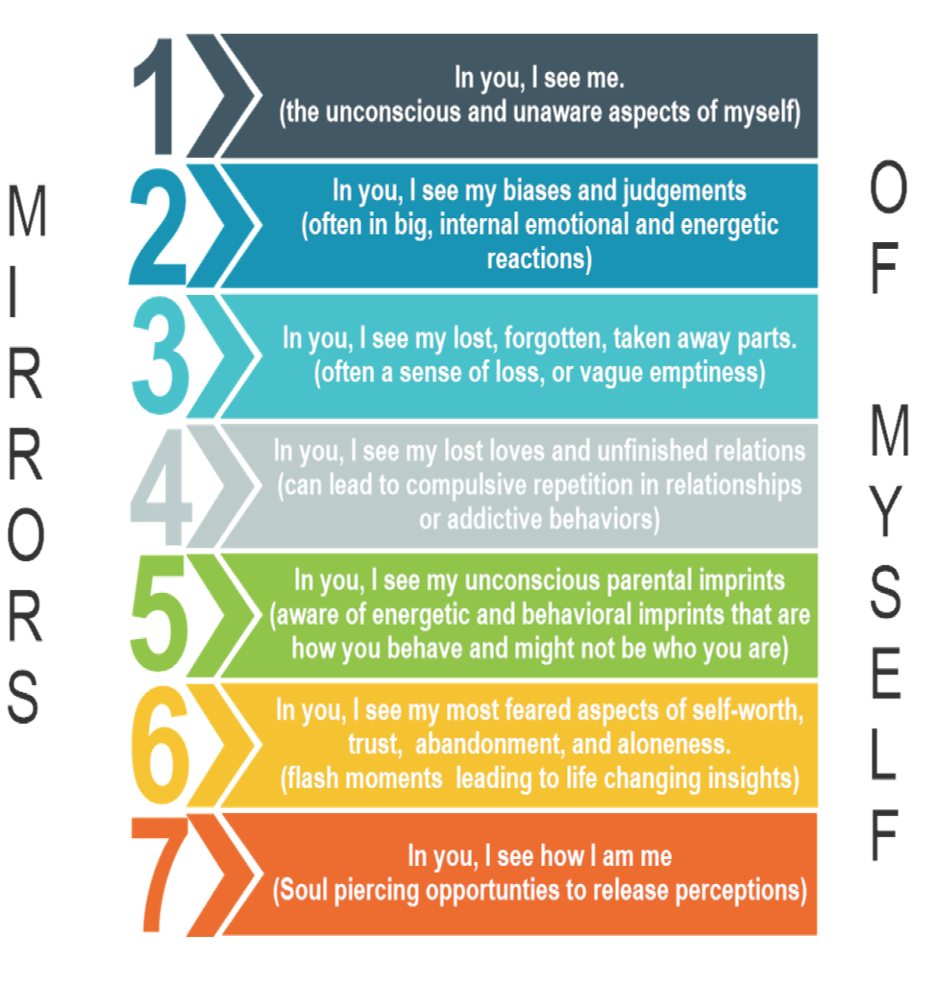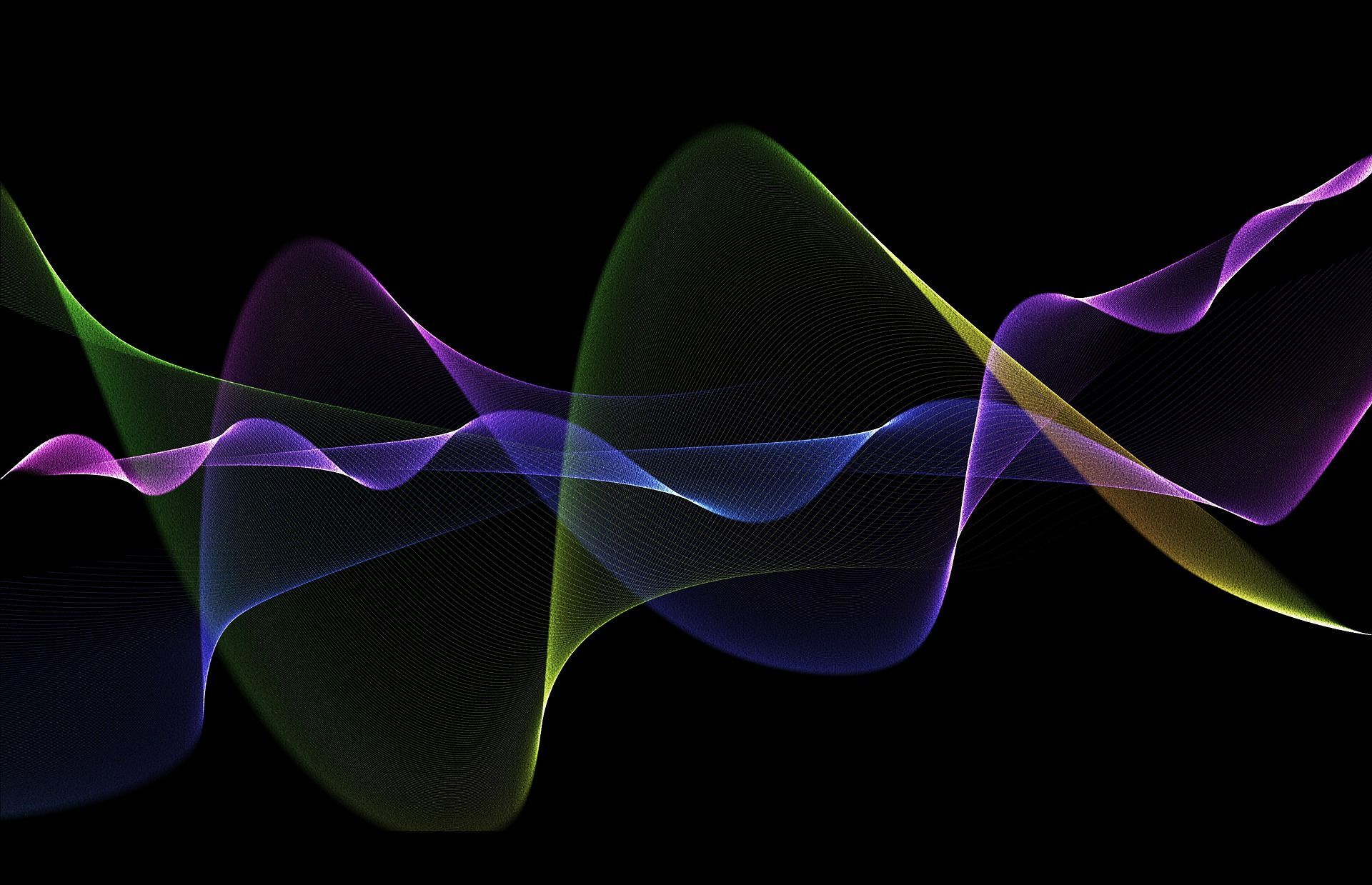The Seven Essene Mirrors: How We Attract Each Other
Share this Article
The Covid 19 virus has created a perfect mirror for all fears, fragmented parts, lost dreams and hopes to be projected onto the world surrounding us. As a perfect mirror, we are facing ourselves in what we fear most or were never able to complete on our own prior to this time. Hence, we are at a critical place in our life to take the opportunity to complete a lot of personal development or further ingrain our Incomplete, fragmented, and often scary moments in life…frozen in our minds. I encourage to read about the seven mirrors to begin your healing process.
The Essenes Mirrors
The Essenes are an ancient brotherhood of divinely illuminated beings who believed they were here to share enlightenment with the planet. They were strong advocates of self-mastery and heart-based living. They determined that each moment of our life, the reality of our internal truth (what we have become) is mirrored to us by the actions, the choices, and the language of those around us. In many respects it all the pieces of unfinished hopes, dreams, and experiences that we do not know how to bring to closure and Integration. So, we project these incomplete experiences onto the world around use until we can see the interactions are a mirror of our internal world.

Why Do We Have These Mirrors?
We are creating all the time, whether we are consciously aware of it or not. The Essene mirrors are constantly letting us know what we are creating and are endlessly reflecting this back to us.
When we emit a negative vibration, the universe shows up for us to support our learning. It gently reminds us what is going on inside of us, to make us conscious of our creation. When we do not wake up to this and become conscious, the mirror effect increases in its intensity. This would be analogous to failing a test at school and having to re-take a more challenging version of the original.
The universe does not discriminate upon what it mirrors to us. It is unconditionally reflecting to you exactly whatever it is that you are projecting outwards – positive or negative. Unconditional existence does not pity, it respects.
When you are emitting negativity, universal energies unconditionally stand by you and projects these energies onto the external world to challenge you to see your negative energies via the mirror effect.
The source of all energy unconditionally shows you what you are projecting outward, for your growth and expansion to occur.
What are the 7 Mirrors?
We live in an Action-Reaction World where Consciousness Creates Reality. We manifest and magnetize people and events into our lives according to our consciousness. The Seven Essene mirrors is a way of understanding how this process works.
In the diagram below, you can see how we use other people and experiences to mirror our turbulent and sometime tumultuous inner world.

In todays' Covid 19 environment, the 7 mirrors are running rampant for many people. High and unusual reactions are generally a triggered projection conveniently put onto someone else to break the mirror and start the healing (dissolution) of the fragmented or unclaimed part of ourselves.
Remember:
- Every mirroring event is an opportunity to recognize yourself more clearly. Pain or frustration are here to guide us to the fragmented part of ourselves that are calling for integration.
- When you are on auto-pilot, you are not consciously creating. Whatever programs you picked up on in childhood are instead creating on your behalf. The more intentionality we can bring to each moment, decision, emotion and thought, the more we flow with the current of life.
- The more aware we are in each moment, the easier it becomes to recognize the lessons that the universe is bringing to us.
- The mirrors become more and more subtle and complicated as time goes on.
- The numerical ladder of mirrors tends to follow a more difficult path, that is, the unfinished parental issues are typically a smeared mirror that is exceedingly difficult to own. Hence, it is placed on someone else, often with self-righteous justification.
- Allow for perfection in the imperfections of life.
Questions to Consider:
- What do I see in you that is really a part of me in this moment?
- Is it pleasant or not?
- How can I reveal me in you?
- What is this person supporting me to see about myself?
- especially self-righteous
- or judgmental reactions towards them?
- What is seen in this person that I have lost, given away or stolen from me that leads to such a strong, energetic reaction (positive or negative)?
- What about this person feels like a repeating pattern of internal reaction that wants to take over my conscious presence such as--?
- old addictive behaviors
- over-compensating behaviors such as rage
- How am I mimicking my parents from old imprinted behaviors?
- Remember how it felt when done unto you!
- Is it time to release those imprinted energies?
- What am I afraid to know or be-
- That I am good enough
- That I can trust my true self and other
- That I can allow myself to connect with others
- That I belong where I allow others to connect with me
- That people will love me even if they truly know me.
- How do I tell stories so that I do not have to stay present to myself or others
- Use self-righteousness to blame another person or justify having berated them
- Use anger to fend off feeling the pain buried un the projected events.
- (Bonus) How am I contributing to my being happy or unhappy?
- (Bonus) How do I know/experience when I have succeeded or failed at something in life?
- (Bonus) When will I give myself permission to be the person I am, instead of the person I am supposed to be?
References
http://gollihughfamily.blogspot.com/2012/07/seven-essene-mirrors.html#.XMDfV-hKioA
http://journey-to-my-soul.blogspot.com/p/7-essene-mirrors.html
Gregg Braden 2 hour explanation. https://www.youtube.com/watch?v=EiBsczafvaA









